
Photographer of tragic little girl trapped in volcanic mudflow explains why he didn’t help her
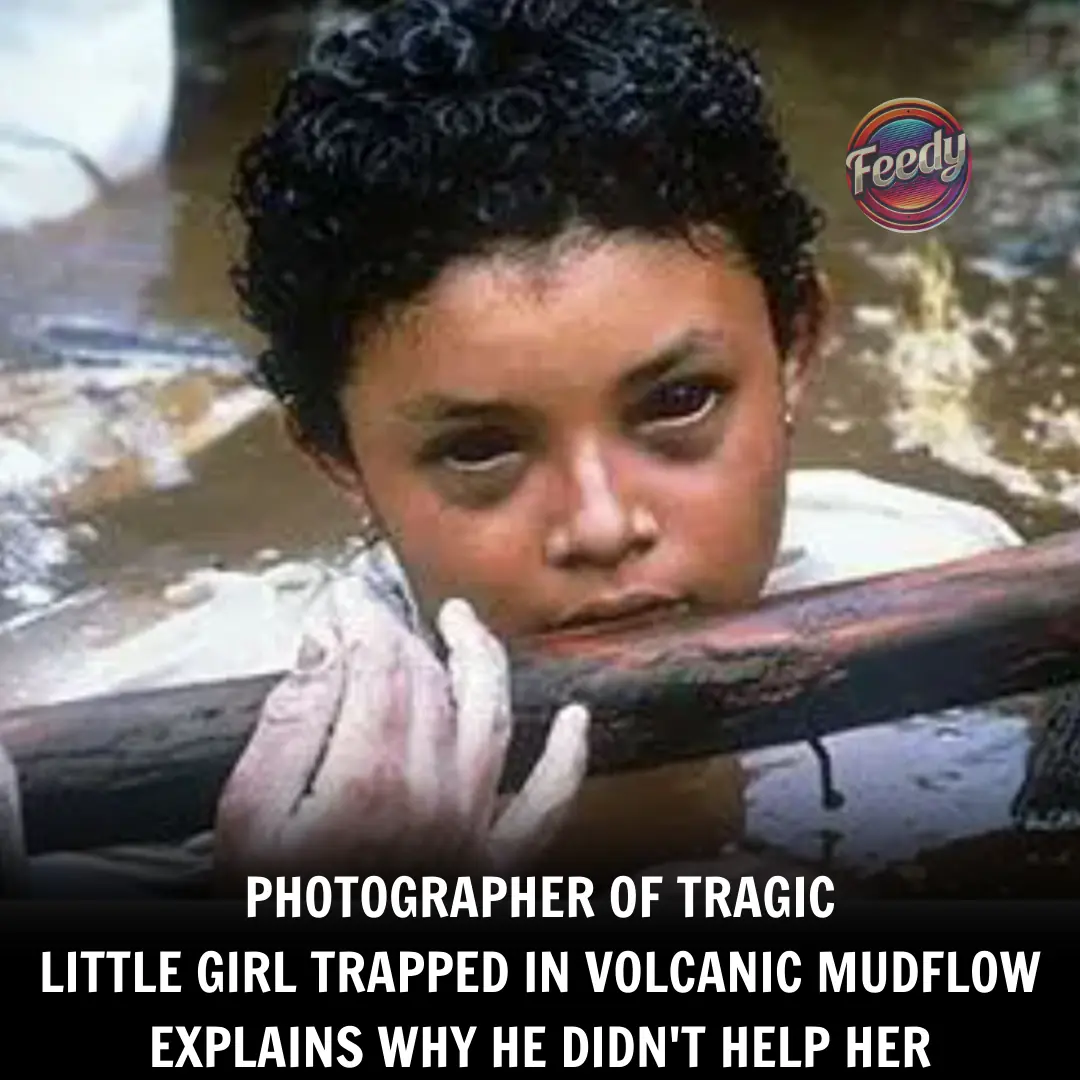
On November 13, 1985, Colombia's Nevado del Ruiz volcano erupted violently, unleashing one of the most devastating natural disasters in South American history. The once-thriving town of Armero, home to over 29,000 people, was nearly wiped off the map. Around 20,000 lives were lost in Armero alone, with the total death toll reaching 25,000 across the surrounding regions. The town was left in ruins and was never rebuilt.
The Deadly Mudflow: When Ice Turned into Death
It wasn’t just the eruption that caused destruction. The intense heat from the volcano melted glaciers atop Nevado del Ruiz, triggering a torrent of volcanic mud, ash, and debris called a lahar. These lahars rushed down the mountain at terrifying speed, striking Armero in three successive waves, killing many who had initially survived the eruption.
What makes the disaster even more tragic is that it was predicted. Scientists had warned of the risks, but due to poor evacuation plans and government negligence, thousands had no chance to escape.
Omayra Sánchez: The Little Face of a Massive Tragedy
Among the countless victims, the story of 13-year-old Omayra Sánchez Garzón captured hearts across the globe. When the mud engulfed her home, Omayra was trapped—her lower body pinned beneath a collapsed brick door, her feet gripped by the lifeless arms of her aunt.
For three excruciating days, Omayra remained stuck in the freezing mud. Despite her condition, she stayed remarkably composed, speaking with journalists and fully aware of her fate. Rescuers tried everything, but ultimately, they could not free her.
An Image That Shook the World
Photographer Frank Fournier immortalized Omayra’s final moments. His haunting photo—her red, swollen eyes and mud-covered face—became a symbol of grief, injustice, and courage.
“She faced death with dignity and bravery,” Fournier said. The photo stirred outrage worldwide and forced attention on the Colombian government’s failure to act.
The Photographer’s Dilemma: Help or Witness?
Despite global praise, Fournier faced backlash—people questioned why he didn’t save her. He later explained, “She was too deeply trapped. There was nothing I could do but tell her story.” And he did, in the most powerful way possible.
Unwavering Strength Until the End
Though in pain, Omayra stayed calm. She talked, sang, and shared sweet snacks with those around her. By the third night, she began hallucinating, saying she had a math exam to attend.
As the mud pulled her down, she whispered her last words:
“Mommy, I love you so much. Daddy, I love you. Brother, I love you.”
On November 16, Omayra passed away—likely from gangrene or hypothermia. Her brother and mother survived. Her mother later said:
“It’s horrible, but we must think of the living. I will live for my son, who only lost a finger.”
Omayra’s Legacy: A Wake-Up Call for the World
Omayra’s death—and the loss of thousands more—sparked national outrage. People demanded accountability from the government for ignoring warnings. Fournier’s photo continues to stir deep emotions, reminding us not just of nature’s wrath, but of human indifference and the price of inaction.
As Fournier reflected:
“People still find the photo disturbing. That shows the lasting power of this little girl. I was lucky to serve as a bridge between her and the world. That’s the magic of photography.”
News in the same category


The Hidden Meaning Behind Wearing an Ankle Bracelet—Most People Have No Idea
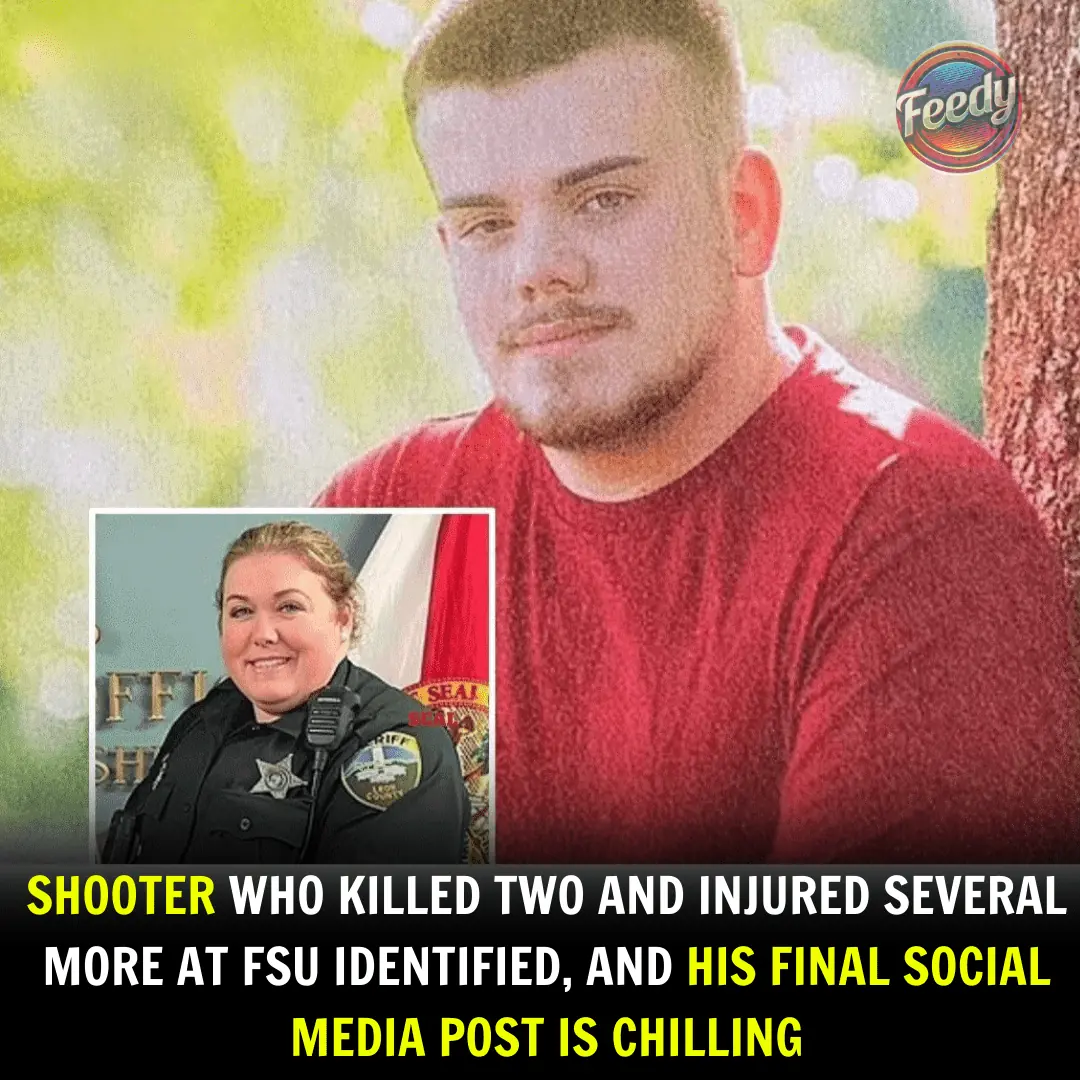
Disturbing Post Surfaces From FSU Shooter Just Before Campus Tragedy

New COVID Wave Surges — Health Officials Sound Alarm As Cases Double

It is with heavy hearts that we announce the passing of this legendary actor

Amber Heard’s Face Is The ‘Most Beautiful In The World,’ According To Scientists

Jin of BTS is going on a solo tour!

Optical illusion reveals whether you’re an introvert or extrovert

A patient passed away after a nursing intern accidentally injected milk coffee into their vein.
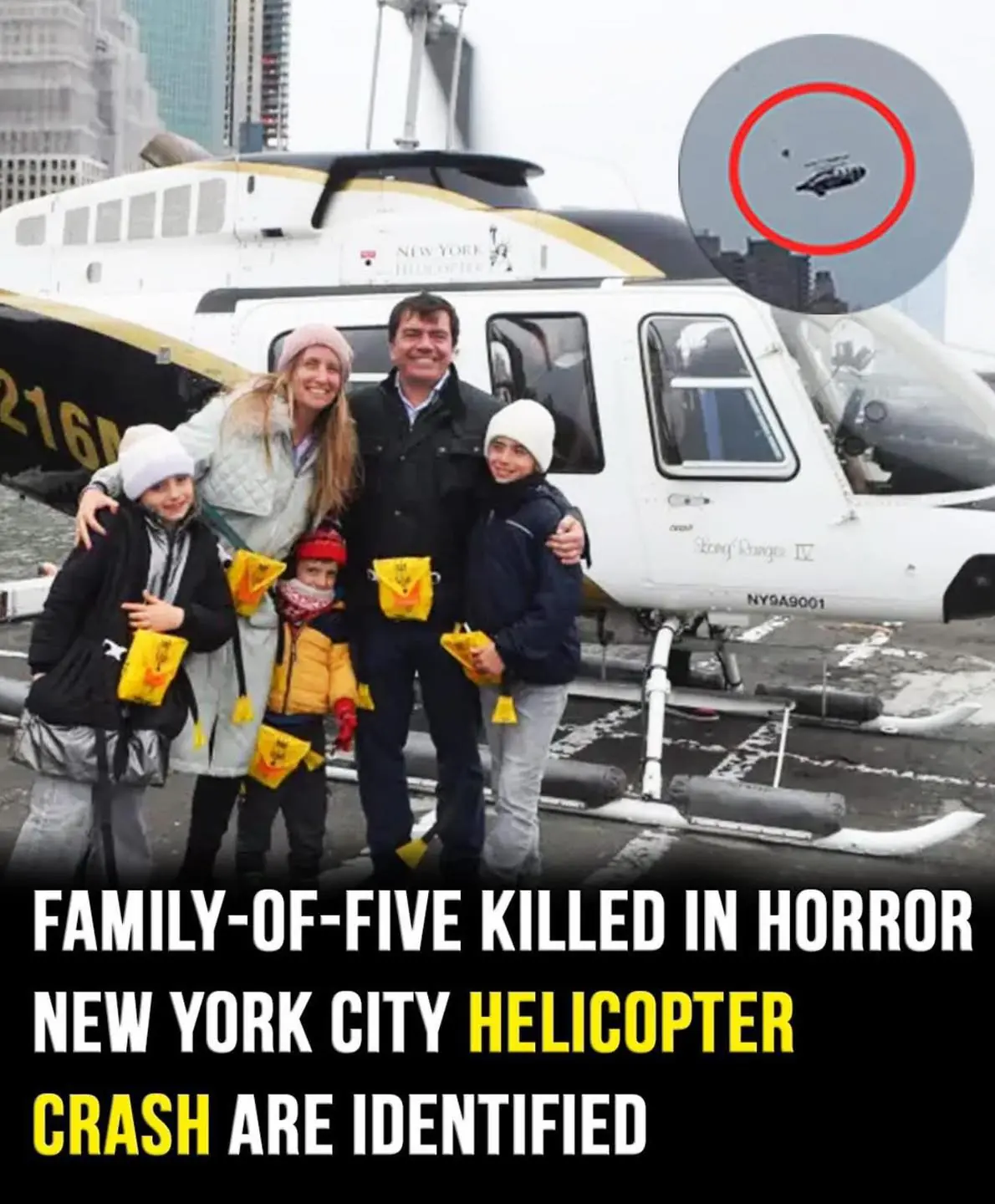
The IT boss, his wife, and their three kids were identified as the victims of the New York helicopter tragedy

UK: A penniless father of 3 commits suicide while waiting for welfare payments

NASA’s Mars Rover Uncovers Mysterious Spheres On The Planet’s Surface, Leaving Experts Baffled

Philippine Film Icon Nora Aunor Passes Away at 71
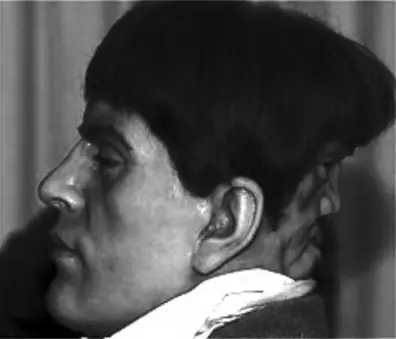
Edward Mordake: The Man with Two Faces and the Tragic Legend…
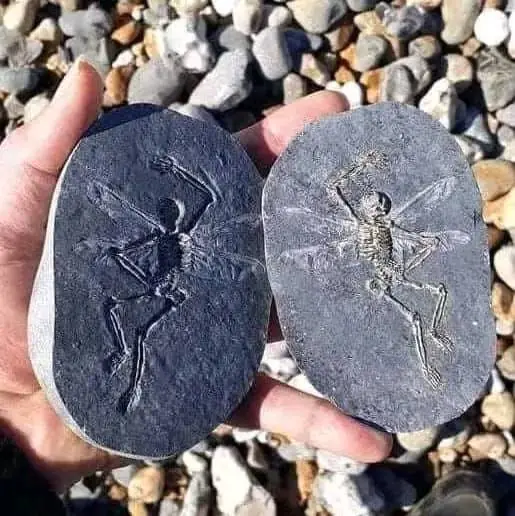
A Mystical Discovery on a Sussex Beach: Fossil of a “Fairy” Found in 2015?
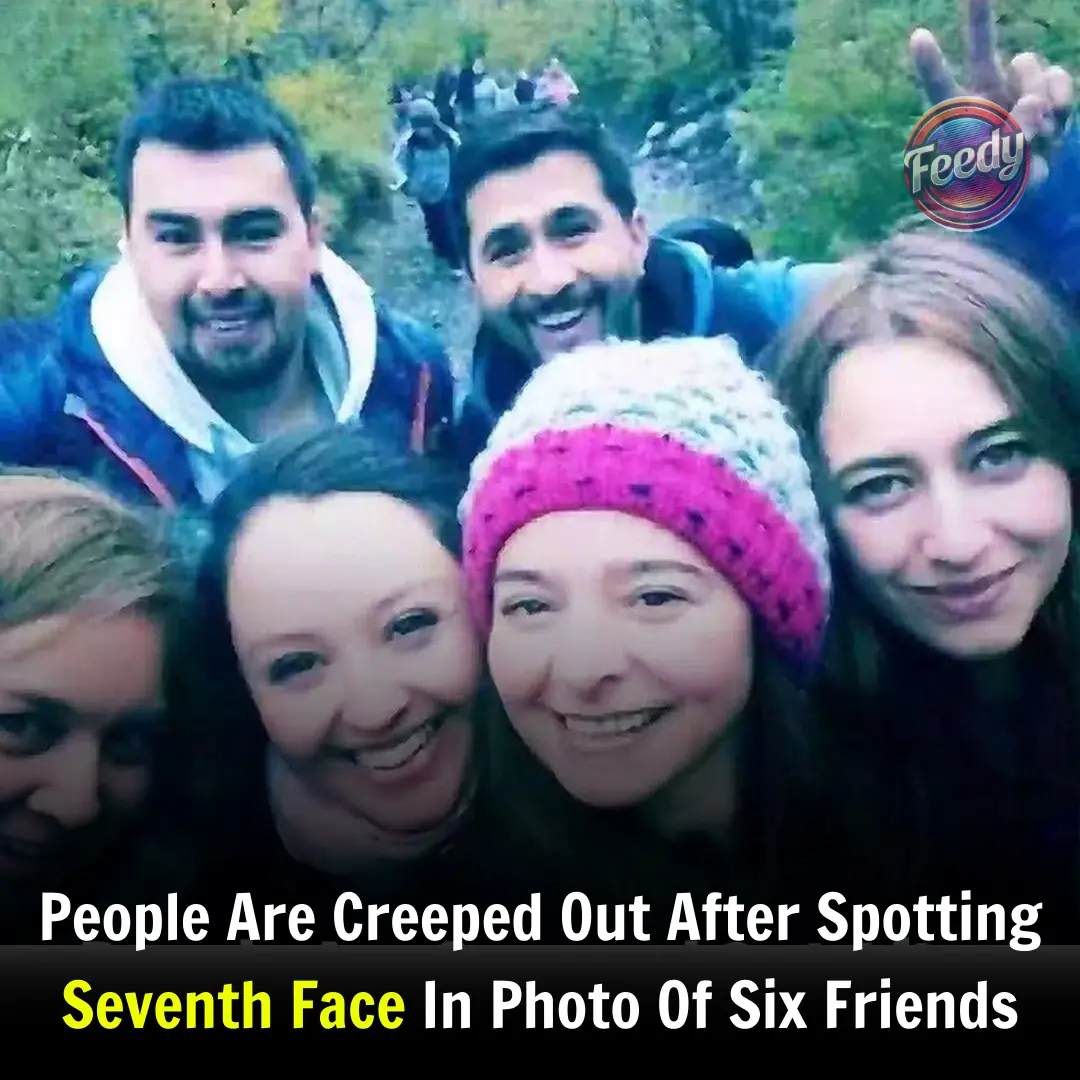
People Freaked Out After Spotting Creepy Hidden Face in Group Photo

California Authorities Identify Human Remains As A 13-Year-Old Girl Who Vanished 50 Years Ago

Stephen Hawking said he had a simple answer when asked whether he believed in god

Pope Francis is back at the Vatican after a five-week hospital
News Post

ABC Cubes For Flawless Skin

Scientists Grow First Fully Formed Tooth In Lab — A Groundbreaking Breakthrough

Fermented Rice Water & Cloves Scalp Treatment

Top 10 Hydrating Serums for Dry Skin Trusted by Experts and Beauty Enthusiasts

Amazing uses of vaseline for skin

Unlock the Power of Vaseline: 16 Beauty Benefits & Smart Precautions

WE SENT MONEY FOR OUR SON TO PAY FOR COLLEGE – ONE DAY, WE DISCOVERED HE WASN’T EVEN ENROLLED AND WAS LIVING IN AN OLD TRAILER.

5 Baking Soda Uses for Face & Skin – Natural Beauty Secrets You Shouldn’t Miss

20 Great Uses of Vaseline Which You Probably Don’t Know

Unlock the power of Vaseline & Lemon

✨ Castor Oil Home Remedies: Unlock the Power of Nature for Your Beauty Routine ✨

I WAS THE ONLY ONE WHO ATTENDED MY GRANDMOTHER’S BIRTHDAY LUNCH – AFTER SEEING HER TEARS, I DECIDED TO TEACH MY FAMILY A LESSON

The Best Ways to Use Vaseline: A Complete Guide for Beauty & Skincare

Rub This Slice On Face To Get Spotless Skin

My Husband’s Cousin Came to Stay with Us Temporarily with Her Son – If Only I Had Known It Was All a Trap.
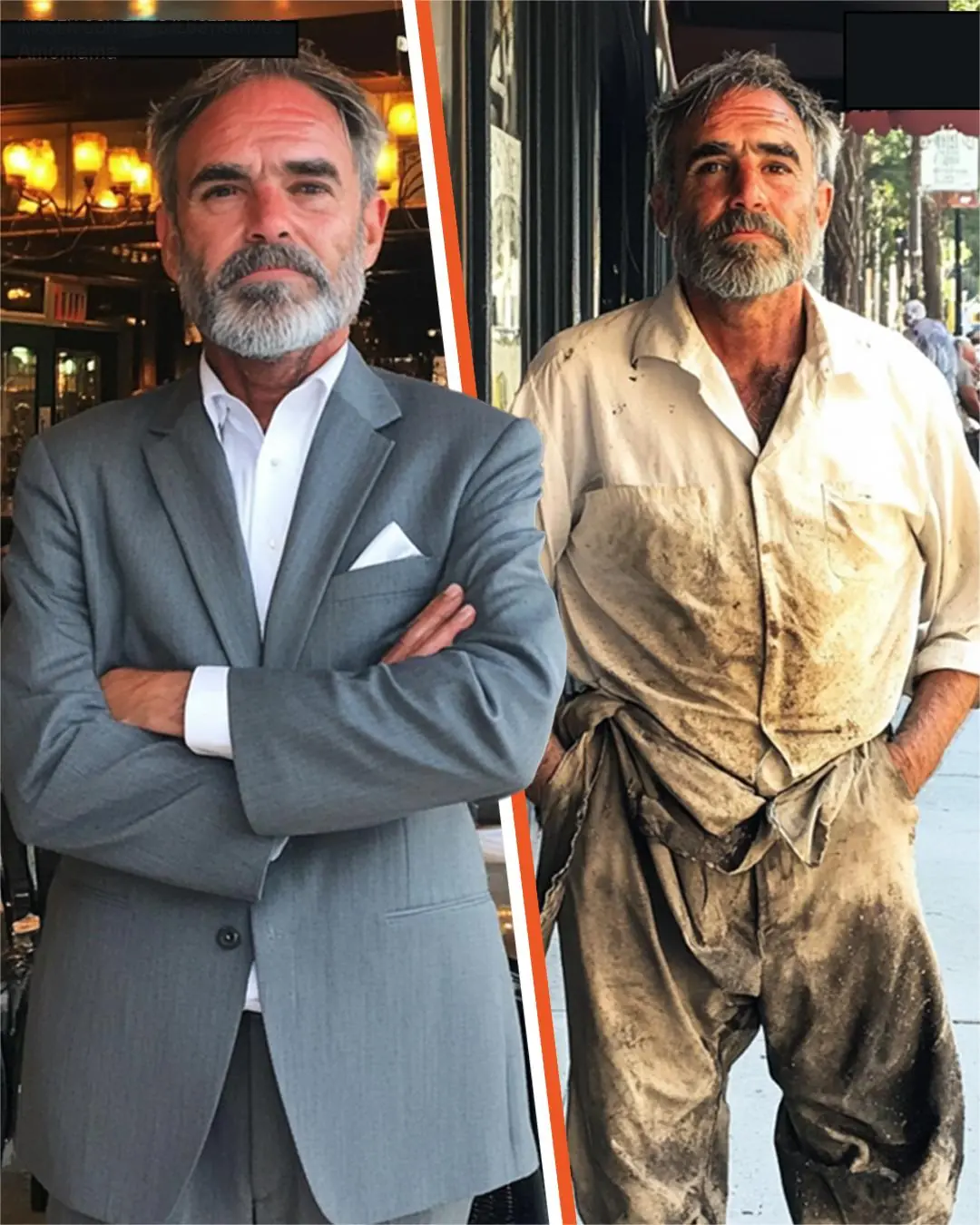
Restaurant Owner Disguises Himself as a Homeless Man to Choose His Heir.

Vaseline Makeup Removal Tips Not Everyone Knows

The Hidden Meaning Behind Wearing an Ankle Bracelet—Most People Have No Idea
